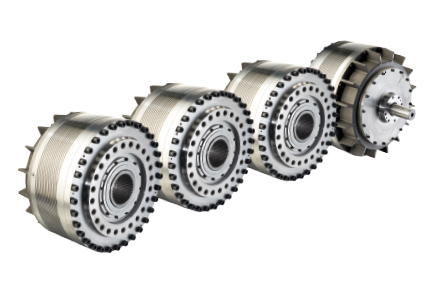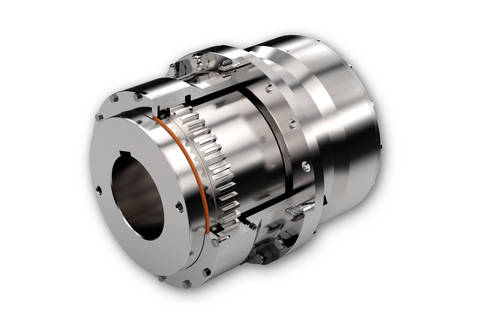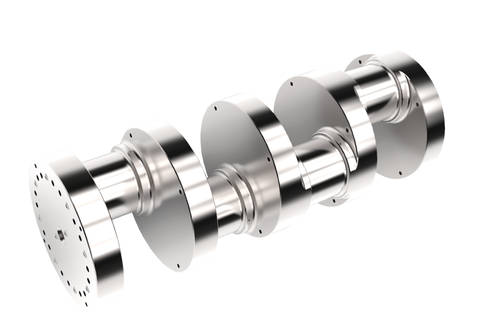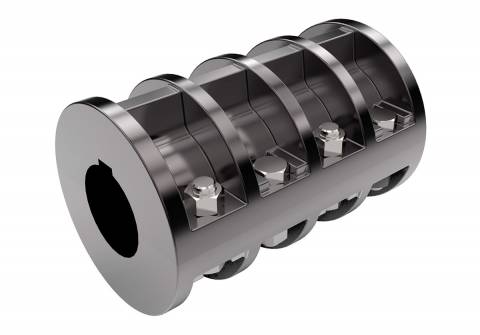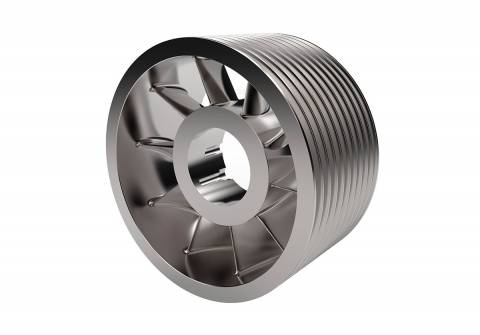Industry sources show that the mass production of plastics had started in 1950s and has since increased nearly exponentially: the numbers showed that, when in 1950 plastics were produced 1.7 million tons per year, in 2019 the annual global production reached approx. 360 million tons. In reality, the total quantity is even higher since these numbers do not include fibers made of polyethylene terephthalate (PET), polyamide (PA), polypropylene (PP) and polyacryl. Industry members estimated that the plastic production could approach to around 2 000 million tons by 2050. Plastic is the general term used for a wide range of synthetic or semi-synthetic materials used in a huge, and growing, range of applications. Plastics are derived from organic products. The materials used in the production of plastics are natural products such as cellulose, coal, natural gas, salt and, of course, crude oil. Crude oil is a complex mixture of thousands of compounds. To become useful, it must be processed.
The journey of the production of plastic begins with a distillation process in an oil refinery. This initial process, which is called distillation involves the separation of heavy crude oil into lighter groups called fractions. Each fraction is a mixture of hydrocarbon chains (chemical compounds made up of carbon and hydrogen), which differ in terms of the size and structure of their molecules. One of these fractions, naphtha, is the crucial element for the production of plastics.
The two essential processes used to produce plastics are called polymerisation and polycondensation. They both require specific catalysts. In a polymerisation reactor, monomers like ethylene and propylene are linked together to form long polymers chains. Each polymer has its own properties, structure and size depending on the various types of basic monomers used.
Plastics have different types; however, they can be grouped into two main polymer families:
Thermoplastics (which soften on heating and then harden again on cooling)
Thermosets (which never soften when they have been moulded)
Plastics have been used in various industries you can think of. Some examples could be as follows;
Packaging
Electrical & Electronic
Agriculture
Sport, Leisure, Design
Building & Construction
Transportation
Medical & Health


